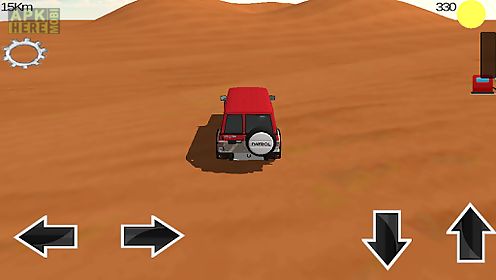
Creating the desired permeability and conductivity is a highly engineered process of matching reservoir characteristics to proppant selection. Permeability is a function of size, uniformity, roundness, strength and purity of frac sand.

The degree of this conductivity is determined by fracture width and permeability of the proppant matrix. The spaces between sand grains provide permeability needed to conduct oil and gas from the formation to the wellbore so it can flow to the surface. Once pumping has stopped and pressure is released, fluid is returned to surface, leaving sand behind to prop the fractures open. High-pressure pumping fractures the rock, and the viscous water carries the sand deep into the cracks. While there are many fracturing techniques, one of the oldest involves mixing sand with viscous water and pumping the slurry down the well and into the surrounding formation at pressures that may reach 10,000 psi. This unconventional resource, typically drilled with long horizontal wells, is much more difficult to produce than conventional wells that typically don’t require specialized methodologies. Today, it is a key enabler in improving production from low-permeability reservoir rock. Hydraulic fracturing is a high-pressure pumping process that has been used for more than 60 years to enhance oil and gas production. In 2017, more than 60 million tons of frac sand were used, and in 2018, that total is estimated to have surpassed 100 million tons. Packed into the network of tiny cracks created by hydraulic fracturing, frac sand holds fractures open to create the conductivity necessary for oil and gas to flow from low-permeability rock. hydrocarbon production depends on mining millions of tons of sand and pumping it back into the earth.



Overall success depends on the availability of the right sand, its timely and reliable transport to the wellsite, sufficient storage in silos or containers and delivery to the blender according to the frac design. The effectiveness of frac sand is central to well productivity, and efficiency of frac sand logistics is key to controlling well cost. Frac sand is a specialized product that must meet very specific standards for many different characteristics including crush strength, purity, roundness and size.īy the time it is blended into the hydraulic fracturing fluid and pumped downhole, frac sand has been selectively mined and processed, moved in very large quantities to and within active oil and gas regions, and closely managed at the wellsite using specialized equipment and personnel. Sand is the proppant that keeps fractures open and allows these so-called unconventional wells to produce valuable hydrocarbons.īut not any sand will do. oil and gas comes from tight, low-permeability shale, sandstone and carbonate rock that must be hydraulically fractured to stimulate fluid flow. Sand is critical to North America’s onshore oil and gas production.


 0 kommentar(er)
0 kommentar(er)
